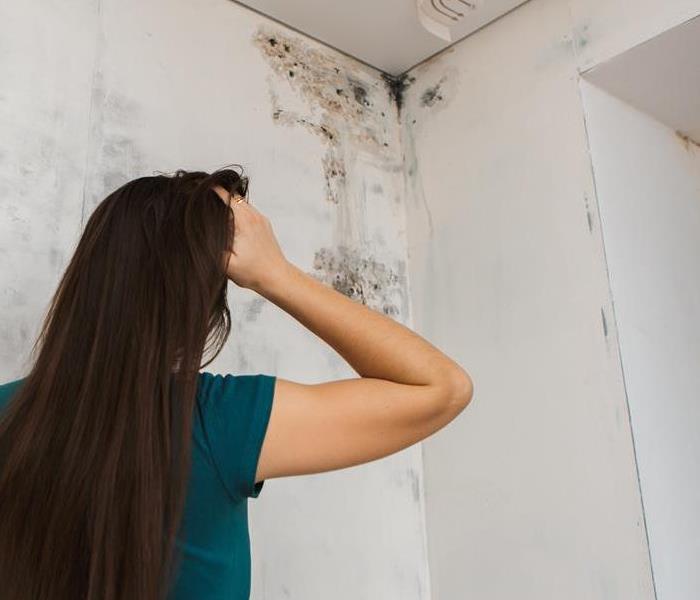Restoring Belongings and Preventing Mold After a Water Loss
10/26/2023 (Permalink)
Experiencing a water loss can be overwhelming, especially when it comes to salvaging your belongings and preventing mold damage. In this blog, we will explore effective strategies for restoring your belongings after a water loss and minimizing the risk of mold growth.
Remove Standing Water Promptly
The first step in preventing mold after a water loss is to remove standing water as quickly as possible. Use pumps, wet/dry vacuums, or mops to extract the water from affected areas. Pay attention to hidden or hard-to-reach spaces, such as crawl spaces or behind walls, to ensure thorough water removal.
Dry Affected Areas Thoroughly
After removing standing water, it is crucial to thoroughly dry the affected areas. Use fans, dehumidifiers, and open windows to promote airflow and facilitate drying. Focus on areas that are prone to moisture retention, such as carpets, furniture, and walls. Consider using specialized techniques, such as air movers or desiccant drying, to speed up the drying process.
Clean and Sanitize Belongings
Items that have been affected by water damage should be cleaned and sanitized to prevent mold growth. For non-porous or hard surfaces, use a mild detergent and water solution to clean and disinfect. Fabric materials, such as clothing or upholstery, may require professional dry cleaning or specialized cleaning methods. It's also essential to clean and sanitize items that may have come into contact with contaminated water, such as kitchen utensils and dishes.
Inspect for Mold and Take Preventive Measures
Even after thorough drying and cleaning, it's important to inspect the affected areas for any signs of mold growth. Pay close attention to hidden areas, corners, and areas with poor airflow. If mold is present, consider seeking professional assistance to assess and remediate the situation. Furthermore, to prevent mold growth in the future, ensure proper ventilation in your home, address any water leakage or moisture issues promptly, and consider using mold-resistant products during the restoration process.
Document and Prioritize Restoration Efforts
As you navigate the process of restoring your belongings after a water loss, it's important to document your restoration efforts and prioritize which items to address first. Create a comprehensive inventory of the affected items, noting their condition and any necessary restoration actions. This will help you stay organized and ensure that all necessary steps are taken. Prioritize restoration based on the value, sentimentality, and functionality of the items. By being systematic and strategic in your approach, you can maximize the effectiveness of your restoration efforts and minimize any potential further damage or loss.
Recovering from a water loss and preventing mold damage can be a challenging process. By promptly removing standing water, thoroughly drying affected areas, cleaning and sanitizing belongings, inspecting for mold, and taking preventive measures, you can effectively restore your belongings and minimize the risk of mold growth. Following these strategies will help you regain a sense of normalcy in your home environment.





 24/7 Emergency Service
24/7 Emergency Service
